The EU Ramp Inspection Program (RIP) is still alive and kicking – or the EU SAFA Programme, as it used to be called.
The RIP is not exclusive to Europe. Your aircraft can be inspected under the program in 49 different countries around the world, including Canada, Morocco, Singapore, and the United Arab Emirates.
Here are the key points:
- Even though it’s now called the EU Ramp Inspection Program, ramp inspections for third country operators are still referred to as “SAFA ramp checks”. Yeah, it’s confusing.
- Ramp checks are possible in every country in the world – but follow a more regulated and common structure in SAFA countries – totalling 49 – see the map and list below.
- There is a standard checklist that is used by Inspectors in all SAFA countries, which you should be familiar with – see further down.
- Three categories of findings have been defined. A “Category 1” finding is called a minor finding; “Category 2” is a significant finding and “Category 3” a major finding. The terms “minor”, “significant” and “major” relate to the level of influence on safety.
- If there is a “corrective actions before flight authorised” finding – then the inspector is concerned and a repair must be made before the aircraft is released to fly.
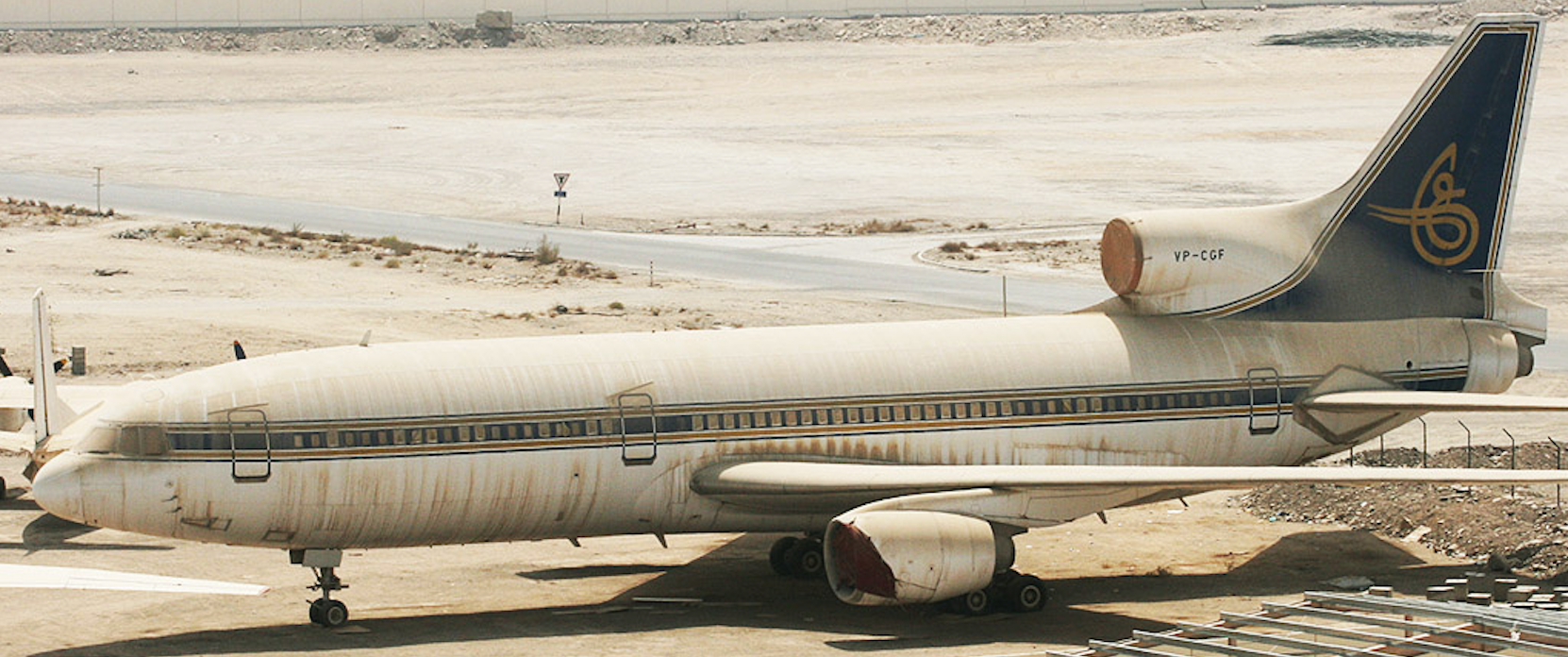
Unless your aircraft looks like this, you have little to worry about.
Here’s how a ramp check normally goes down:
- The flight selected will either be your last of 6 legs for the day, or after a gruelling 12 hour jetlag-inducer, or at 3am when you were thinking about a quick nap during the turnaround. This much is guaranteed.
- As you pull on to the stand, you will notice more yellow vests than normal hanging around.
- Two of these will be your friendly ramp inspection team (to be fair, they almost always are)
- A short time later, those yellow vests will be in the cockpit, and the first request will be for a look at your license, medical, aircraft documents (like Insurance, Airworthiness), and flight paperwork. Make sure you’ve done your fuel checks and there are a few marks on the flight plan.
- If you get a good cop, bad cop scenario, one will disappear down the back (this will be the nice guy) and check the cabin, while the first will stay and ask you tough questions about the TCAS system.
- Some time later, you’ll get a list of findings. The average check is probably about 30 minutes.
- You can be guaranteed they will always have at least one finding – which will probably be obscure.
- Sign off the checklist, and you’re on your way.
Some interesting points:
- The Inspectors can ask you for manuals, documents, or guidance – but they are not supposed to test your knowledge of procedures, regulations, or technical matters. This doesn’t always happen in practice – so if you get a tough question – just say “I don’t know” – and let them note it if they want to. This isn’t a classroom test.
- This guidance is given to Inspectors: Delaying an operator for a non-safety related issue is not only frustrating to the operator, it also could result in unwanted human factor issues with possible negative effects on the flight preparation. They can (should) only delay your flight for a safety related issue.
- Remember, it’s not you that’s being inspected. It’s your aircraft. If you’re uncomfortable with the questions, get them noted and allow your operator to discuss later.
- Every inspector is a little different. Work with them and you’ll find that 90% of your ramp checks will be over in 20 minutes with little issue.
- Private Operators – especially in GA (even more so under the 5700kg mark) – are far less likely to get ramp checked. EASA guidelines do apply to General Aviation, but they are far more interested in Commercial Operators.
- The items checked during ramp checks are based on a risk based approach and can differ from operator to operator (for example depending on findings raised during previous inspections). Meaning that operators who get ramp checked with findings will most likely get ramp checked again, to see if they’ve sorted out the problems!
- EASA regulations requiring alcohol testing during ramp checks will take effect across all SAFA countries in Aug 2020. But some countries have already started doing this: Austria, Belgium, Czech Republic, France, Germany, Greece, Iceland, Ireland, Italy, Netherlands, Portugal, Spain, Switzerland, UK, and Singapore. More info
Common Findings:
See article: SAFA Ramp Checks: The Top 5 Offenders
Ramp checks cover 52 inspection items spread over 5 areas: flight deck, cabin, aircraft condition, cargo, and general/other.
But some of those 52 items generate more findings than others. A DSAC/IS-BAO study found that the top inspection items by number of CAT2 and CAT3 findings for business aviation were these ones:
1. Flight preparation (RI checklist item A13)
2. Mass and balance calculations (A14)
3. Manuals (A04)
4. MEL (A07)
5. Checklists (A05)
6. Defect notification and rectification (A23)
7. Navigation/instrument charts (A06)
So essentially, these findings all relate to five key areas: Flight Planning, Documents, Defects, Charts, Cabin Safety. Get these right, and your “sweatin over a ramp checkin” days are over, partner!
The Countries:
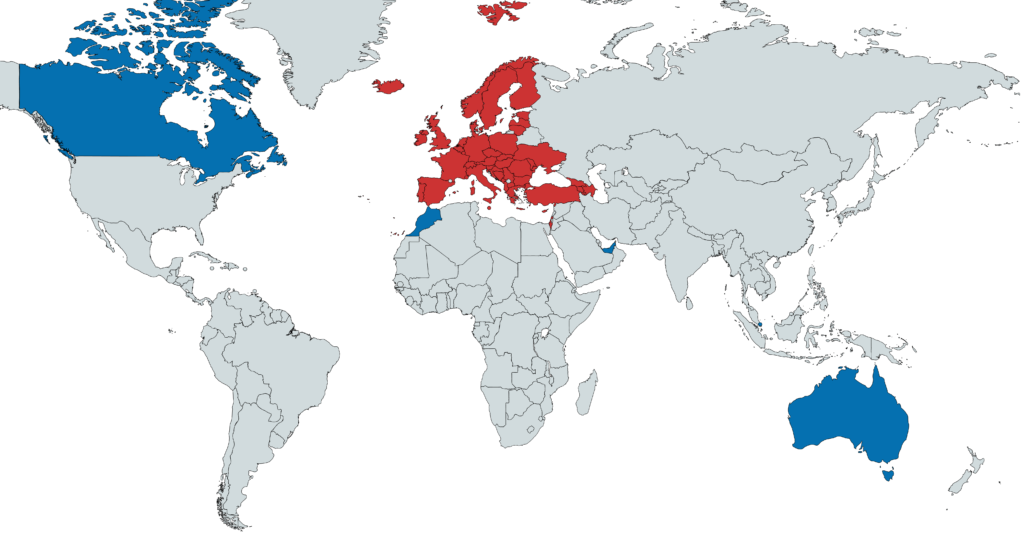
The 49 Participating States engaged in the EU Ramp Inspections Programme are:
Europe: Albania, Armenia, Australia, Austria, Azerbaijan, Belgium, Bosnia and Herzegovina, Bulgaria, Croatia, Cyprus, Czech Republic, Denmark, Estonia, Finland, France, Georgia, Germany, Greece, Hungary, Iceland, Ireland, Israel, Italy, Latvia, Lithuania, Luxembourg, Malta, Republic of Moldova, Monaco, Montenegro, Netherlands, Norway, Poland, Portugal, Romania, Serbia, Slovak Republic, Slovenia, Spain, Sweden, Switzerland, The Republic of North Macedonia, Turkey, Ukraine, and United Kingdom.
Rest of world: Canada, Morocco, Singapore, United Arab Emirates.
The Checklist:
Download by clicking above, or here: Opsgroup Ramp Checklist
If you want to delve deep into each item on this checklist to find out exactly what inspectors should be looking for, check out this document published by EASA in Sept 2019, which has the inspection instructions in full. For all things Ramp Inspection Program related, check EASA’s dedicated webpage here.
More on the topic:
- More: SAFA Ramp Checks: The Top 5 Offenders (+Alcohol test)
- More: Flight Plan Alternates in Europe
- More: EU delays alcohol testing on ramp checks to 2021
- More: Expect breathalyzer during German Ramp checks
- More: Rules revised: SAFA Ramp Checks for ‘Suspect Aircraft’
More reading:
- Latest: Mexico Customs Surprises: Pills, Vapes, and Laptop Rules
- Latest: Greenland NAT Alternates: Dec 2025 Update
- Latest: Crossing the Quiet South: From Australia to Argentina
- Safe Airspace: Risk Database
- Weekly Ops Bulletin: Subscribe
- Membership plans: Why join OPSGROUP?



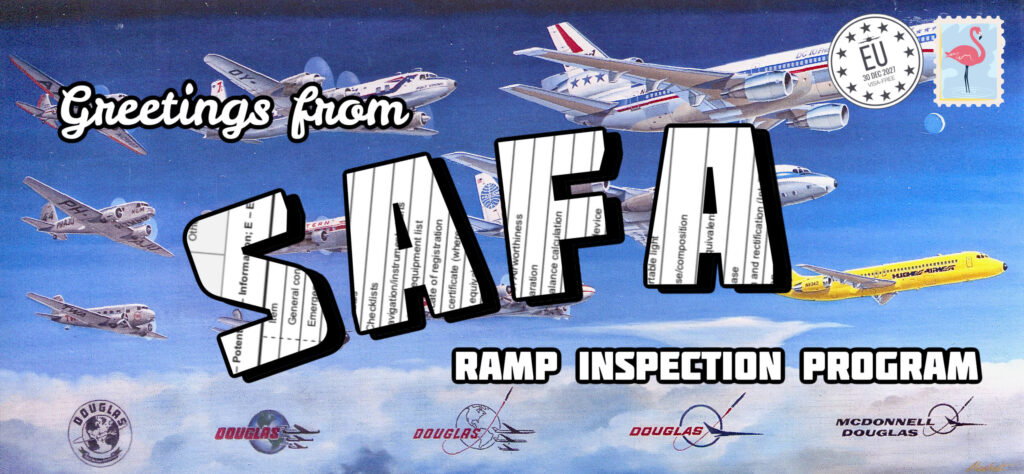
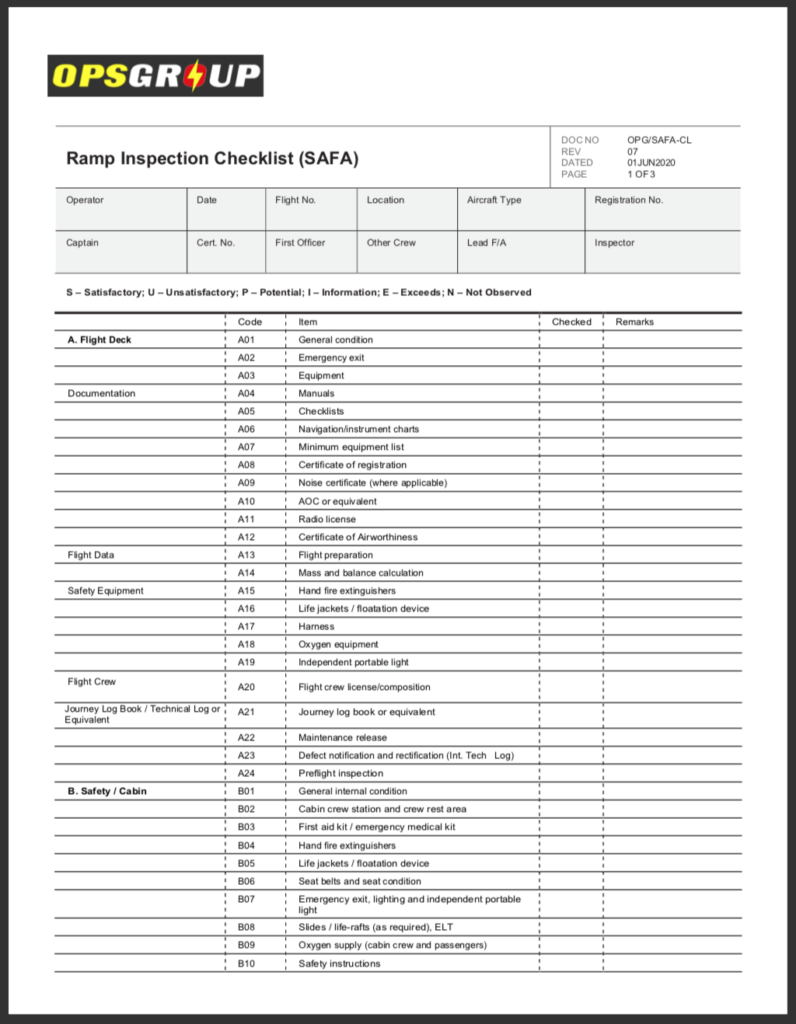







 Get the famous weekly
Get the famous weekly 



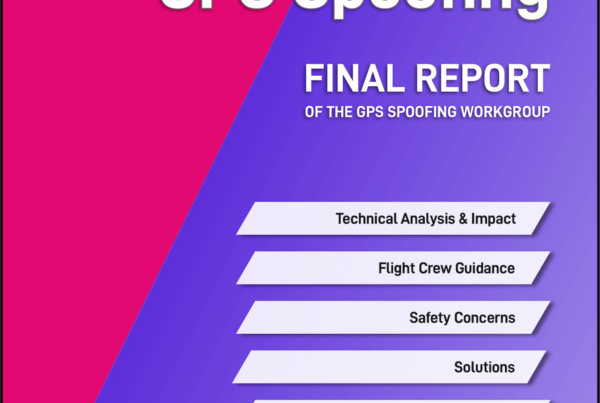
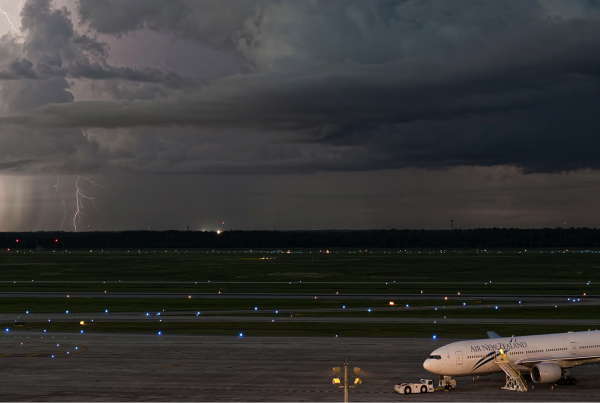
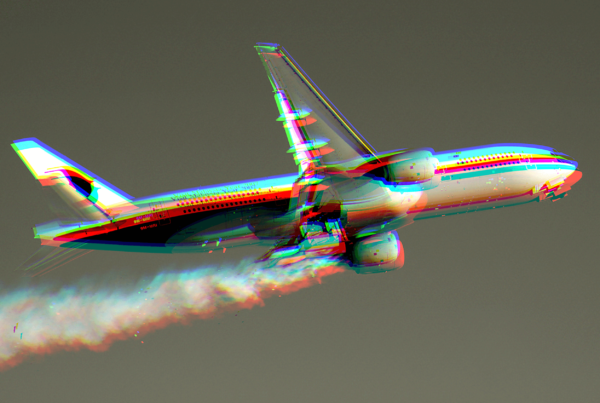
Tim,
When an alternate is planned, although not required, in specific countries depending on the regulations a SID or STAR has to be part of it. The package should be “complete” in those cases.
It is not the intention for a SAFA inspector to hide objects.
can you tel me if safa inspectors are allowed to hide objects Inside the A/C while checking how crew are performing security search?
How do you appeal a finding? The report of requiring a SID or STAR in the planning to get to an alternate when CLEARLY not required turns on the inspectors OPINION. As such, there should be pushback that it was an illegitimate exercise of his authority. Do you report directly to that country’s CAA? ICAO? FAA? Normally I would say “your house, your rules” but not when what they are requiring isn’t documented.
Thank you for this article. I work within the SAFA programme and indeed SAFA inspections are here to assess the level of safety of a given aircraft operation not the knowledge of the pilot.
There are some tricky questions that pilots don’t use to deal with (despite they should be able to deal with according to the regulations) For example sometimes inspectors will ask you for a specific procedure, eg : do you have a procedure that permit you to check the accurracy of your Mass and Balance ? Where are described your DOM/DOI ? How do you know that you have enought oxygen on board to perform this flight ? If it happen to you just look inside your OPS Manual or call your operation centre to have the data required.
And be aware that if a deffect is correctly identified (seen during the pre-flight check or during the post flight report), correctly reported (on the Aircraft Tech Log, Hold item list, …) and correctly assessed (with correct AMM, SRM references..) it won’t lead to a finding.
Here is the website of EASA where you will find the complete checklist of RAMP inspector and pre-described findings :
https://www.easa.europa.eu/easa-and-you/air-operations/ramp-inspection-programmes-safa-saca
Tim, thanks for the helpful report on NTAA!
Just went through a SAFA check in Tahiti, French Polynesia. US Part 91 flight on a quick turn, technical stop, from Bora Bora to Auckland. The lone inspector was very courteous and extremely thorough. The inspection took 1 hour and 15 minutes while our passengers waited. The rational for the inspection at this time was due to a delay in the availability of the fuel truck even though we had pre-arranged for a specific time and quantity of fuel to be delivered.
Items questioned were the currency of our electronic manuals and charts. Global 6000 aircraft has an electronic display of built in manual and jeppesen revision status and date. TCAS operation and status and the ability of the PIC to sign flight release without a maintenance technician.
Our only finding-not written-was the use of MMEL as an MEL regardless of our LOA from the US FAA. We had already heard that this was the new big thing for US aircraft. The inspector seemed to be satisfied with the explanation that we knew of the recent EU ruling on MMEL’s and were currently building an MEL but its completion and approval process will most likely take many, many months.
Hello, you should define in your procedures manual the minimum flash-light-beam intensity using a device that can read it, if you get a finding, you can reject it if you can demonstrate the minimum intensity in a documented process and approved by the authority, the device can be use in day or night, some devices are used to measure the light of offices, theaters, etc.
Regards
They have kept working personnel flashlight under Category 3, under major finding. The intensity of the flash-light-beam was not satisfactory due to bright sunlight entering into the cockpit. Later during night we checked the flashlight intensity was satisfactory. How could one compare the brightness of a flashlight during day light?